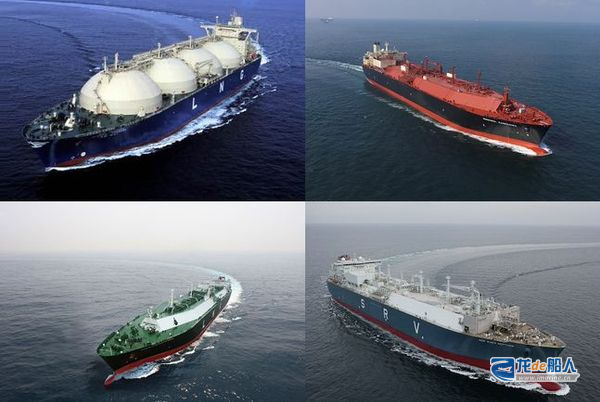Data shows that amid a slowdown in global orders, Chinese shipbuilders surpassed South Korean shipbuilders last month (April) and returned to first place.

According to Clarkson’s data released on May 9, global new ship orders in April this year amounted to 3.64 million compensated gross tonnages (CGT, 75 ships). Based on CGTs, down 56% compared to the same period last year (8.36 million CGT), and up 82% from the previous year (2 million CGT).
Among them, Chinese shipbuilders received new orders for 2.51 million CGTs (51 ships), a decrease of 59% from the same period last year (6.15 million CGTs, 218 ships), with a market share of 69%, ranking first in the world, and a market share of 5% year-on-year; Korean shipbuilders received new orders for 620,000 CGTs (15 ships), a decrease of 31% from the same period last year (900,000 CGTs, 24 ships), with a market share of 17%, and a market share of 6% year-on-year.
Data shows that the total global new ship orders from January to April this year were 12.59 million CGTs (372 ships), a 50% decrease from the same period last year (1,056 ships, 25.04 million CGTs). During this period, Chinese shipbuilders had orders of 6.82 million CGTs (215 ships), with a market share of 54%, a 56% decrease from the same period last year, ranking first; South Korean shipbuilders had orders of 2.8 million CGTs (57 ships), with a market share of 22%, a 50% decrease from the same period last year, ranking second.
Based on market share, in April, Chinese shipbuilders were about four times that of South Korea; from January to April, the decline in Chinese shipbuilders was even greater.
As of the end of April, the global backlog of new ship orders was 160.46 million CGTs, a decrease of 1.93 million CGTs from the previous month. Among them, Chinese shipbuilders had a backlog of 94.67 million CGTs, with a market share of 59%, ranking first in the market; Korean shipbuilders had a backlog of 35.57 million CGTs, with a market share of 22%, ranking second.
As of the end of April, the Clarksons Newbuilding Price Index was 187.11 points, up 1.7% from the same period last year (183.92), down 0.32% from the previous month, and up 46% from April 2020 (128.42). Ship prices remained stable.
By ship type, the newbuilding price of a 174,000 cubic meter large liquefied natural gas (LNG) carrier is US$255 million; the newbuilding price of a very large crude oil carrier (VLCC) is US$125 million; and the newbuilding price of an ultra-large container ship (22,000TEU-24,000TEU) is US$273.5 million.


